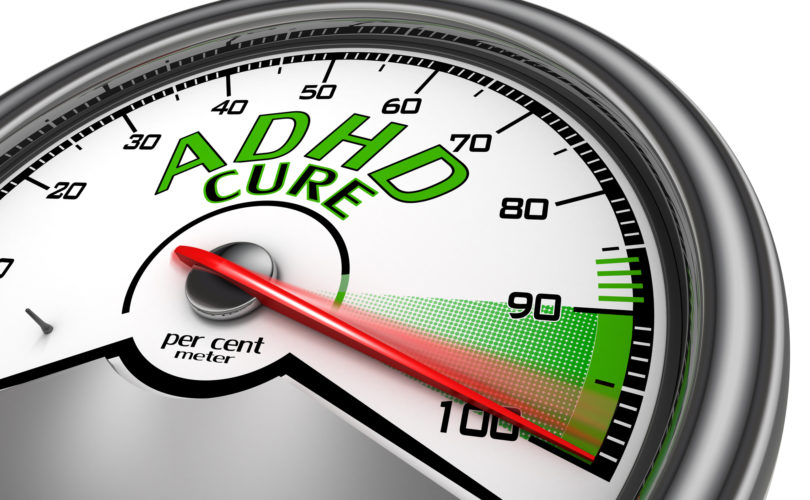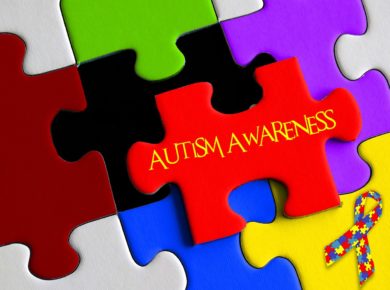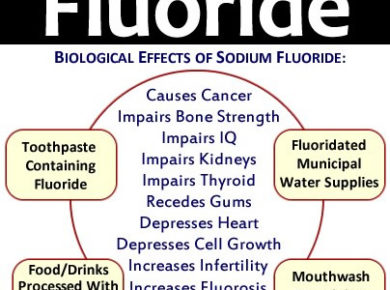ADHD diagnosis is a fraud, a scam, a label designed by the pharmaceutical companies to push drugs on kids.
The American Psychiatric Association (APA) says 4% of children have ADHD, while the Centers for Disease Control (CDC) claims the number is closer to 11%.
Let me say thought that ADHD-like behaviors are REAL. But – kids with the “ADHD label” are likely suffering from toxic overload (food dyes is a great example), poor gut health, food and environmental allergies or nutrient deficiencies – among other things.
The retired Harvard psychologist, Dr. Jerome Kagan, explains why he is critical of “fuzzy diagnostic practices” and the “over-prescription of drugs such as Ritalin for behavioral problems in children.” When asked if ADHD was just an invention, he said –
“That’s correct; it is an invention. Every child who’s not doing well in school is sent to see a pediatrician, and the pediatrician says: “It’s ADHD; here’s Ritalin.” In fact, 90 percent of these kids don’t have an abnormal dopamine metabolism. The problem is, if a drug is available to doctors, they’ll make the corresponding diagnosis.”
Dr. Edward C. Hamlyn, founding member of the Royal College of General Practitioners stated in 1998 that “ADHD is fraud – intended to justify starting children on a life of drug addiction.”
No, there is no such thing as ADHD. Somewhere along the line we have lost the understanding that kids come in all shapes and sizes. Some kids are active, some are quiet; some kids are dreamers, others are daring; some kids are dramatic, others are observers; some impulsive, others reserved; some leaders, others are followers; some athletic, others are thinkers. Where did we ever get the notion that kids should all be one way?
Who “gets” ADHD? Children living below 2x the poverty line are at an increased risk. Boys are 3x more likely to be afflicted than girls. Children with mild ADHD are usually diagnosed at 8 years old, while children with severe ADHD are diagnosed at 5 years old.
Boys run around more than girls? You can tell which kids have more energy at a younger age? Kids with a less stable upbringing are less well behaved?
According to the CDC, the two states with the highest instances of ADHD are Kentucky and Arkansas.
My first thought was that this proves that ADHD is a social construction. My biased brain immediately thinks “duh, kids in those states want to run around outside with their shoes off, catching crawfish and climbing trees. Not stuck in a classroom.”
According to census data, 86% of 6-15-year-old Kentuckians fish and 31% Hunt.
In Arkansas, 89% of 6-15-year-olds fish, and 35% hunt.
Who hunts and fishes by state was readily available information. These were the closest indicators I could think of that Kentucky and Arkansas children are more interested in being outside and active than cooped up in a classroom.
Compare that to the two states with the lowest instances of ADHD, Nevada and New Jersey. Both states did not produce enough data on 6-15-year-old hunters to give an accurate statistic. In Nevada, 44% of children 6-15 fish. 45% of New Jersey kids fish.
To me, this suggests that the states with the highest instances of ADHD diagnosis are also states where the traditional values of public education are least aligned with the population.
So perfectly normal kids are having their lives ruined by a diagnosis of a fake disorder. It is only real in the sense that it is a social disorder. And I would say not fitting into the current public school system is an asset, not a disorder.
As a consequence of this label, thousands of kids under 5 years ago currently take medications for ADHD.
But ADHD medications are dangerous. They can cause insomnia, headaches, anxiety, irritability, suicide, depression, loss of appetite, aggressiveness, behavioral changes, among others.
Interestingly enough, the main cause of neurological disorders is the presence of heavy metals in the brain.
We have known since the 80’s that mercury, and now aluminum, slowly accumulated in the fat tissues, the brain having the most fat molecules than any other organs. Heavy metals are lipophilic meaning they love fats, hence they accumulation in the brain.
Lots of research has been done on the consequence of metals in the brain and we know that they disrupt the synapses for example. They also lead to abnormal dopamine and serotine pathways. This easily explains why kids today have more behavioral issues than ever.
The question we need to ask is: what are the main sources of those metals in our kids lives?






